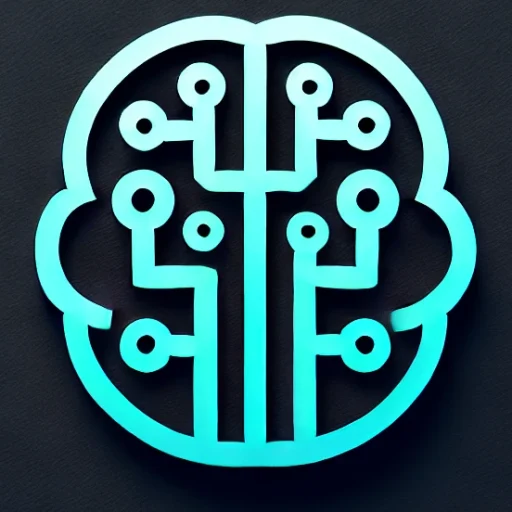
Introduction
As we stand on the cusp of a new era in artificial intelligence, one topic is capturing the imagination of technologists, creators, and industry leaders alike: Generative AI. This groundbreaking domain within AI is redefining the boundaries of creativity and productivity, enabling machines to autonomously generate content across multiple media. From crafting intricate artworks to composing original music and even generating human-like text, generative AI is transforming how we think about creativity and its role in our digital world.
Key Insights & Latest Advancements
Generative AI, primarily powered by Generative Adversarial Networks (GANs) and Transformer models, has made significant strides in recent years. OpenAI’s GPT-4 and DALL-E 3 are prime examples of how these technologies are advancing rapidly. GPT-4, with its ability to generate sophisticated text indistinguishable from human writing, has revolutionized content creation and automated communication. Meanwhile, DALL-E 3 extends this capability to visuals, producing images that are not only unique but also contextually relevant.
One pivotal advancement comes from the fusion of these models, where text and image synthesis work in harmony to create comprehensive digital narratives. This synergy is transforming sectors such as marketing, where personalized, high-quality advertisements can be generated at scale, and education, where custom learning materials can be tailor-made for diverse learner needs.
Real-World Applications
Generative AI is not just a theoretical concept—it is actively reshaping industries. In fashion, AI-generated designs are helping brands create exclusive patterns and styles that cater to changing consumer tastes. In entertainment, scripts, music scores, and even entire virtual worlds are being generated by AI, reducing production times and inspiring new genres of content.
The field of healthcare is also witnessing revolutionary changes. AI models are being leveraged to suggest design of new molecules for drug discovery, significantly speeding up the process of therapeutic development. Additionally, in architecture and urban planning, AI-generated designs offer innovative solutions that incorporate sustainability and efficiency.
Challenges & Future Outlook
While the potential of generative AI is immense, it comes with its set of challenges. Ethical considerations loom large, particularly concerning the ownership and originality of AI-generated content. The risk of deepfakes and misinformation necessitates robust regulatory frameworks and technological safeguards.
Moreover, the computational demand for training large models is substantial, raising concerns about environmental sustainability and accessibility. As researchers continue to push the boundaries, strategies to optimize these processes and minimize the resource footprint are crucial.
Looking ahead, the future of generative AI is promising, with continual advancements in AI interpretability and control mechanisms. These will empower users to harness these powerful tools responsibly and effectively, unlocking further potential across different facets of society.
Conclusion
Generative AI stands as a testament to how the fusion of technology and creativity can lead to unprecedented innovations. While challenges remain, the strides made in recent years illustrate a future where AI not only assists but actively enhances human creativity and productivity. As we navigate this fast-evolving landscape, fostering ethical standards and sustainable practices will be key to unlocking the full potential of generative AI, ensuring it serves as a force for good across industries worldwide.
Key Takeaways:
- Generative AI is transforming creativity with applications in art, music, and text generation.
- Recent advancements by models like GPT-4 and DALL-E 3 demonstrate significant progress in AI capabilities.
- Ethical, environmental, and regulatory challenges need addressing for sustainable advancement.
- Collaboration between AI and human creativity promises a more dynamic and innovative future across various domains.

